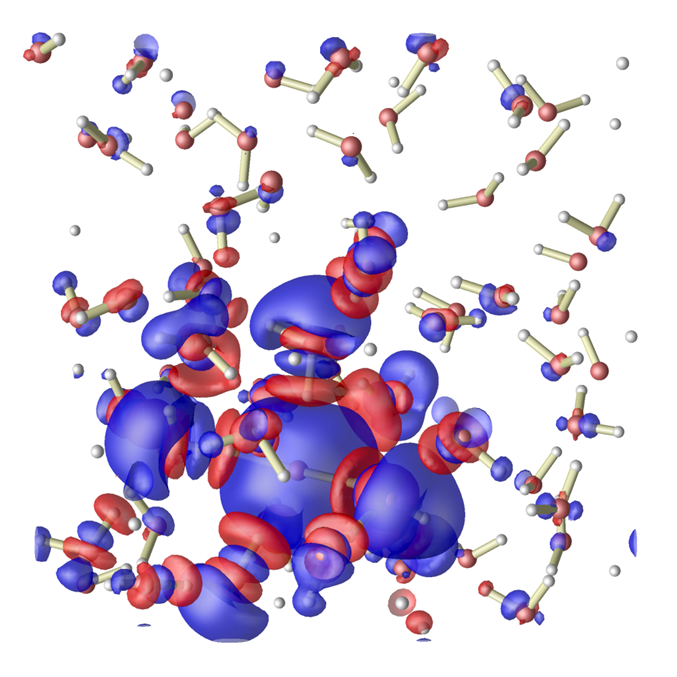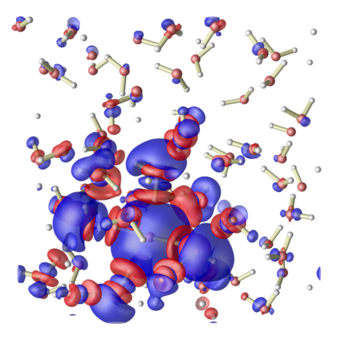Scope & Scientific Background

The electrical, optical, or chemical properties of semiconducting and insulating materials are often modified or even dominated by point defects such as vacancies, interstitials, antisites, and dopants. The low concentrations in which these defects occur are a challenge for experimental characterization. Electronic structure theory and accurate ab-initio calculations are an important tool to interpret and supplement experimental data. The calculations not only link the microscopic structure to quantities measured in specialized experiments (e.g. EPR, DLTS, vibrational spectroscopies, ...), but may also provide additional data not available from these experiments.
Interestingly, a similar view applies to charged ions in solutions and to electrochemical reactions in general. Although the matrix is a liquid now, where structural disorder and dynamic properties become important, many key concepts in semiconductor theory and electrochemistry turn out to be equivalent. However, the differences in language (or even jargon) often hinder the transfer of knowledge across the fields. We believe that both sides may profit significantly if the state-of-the-art concepts are exchanged.
Nowadays, efficient and accurate approximations for solving the quantum-mechanical equations, notably density-functional theory (DFT) and, more recently, many-body perturbation theory, are available. Thanks to the rapid increase in computer power, they enable us to study defects and ions in the computer. Parallel to experimental advances, also the theories are continuously being refined and improved. Nevertheless, appropriate and tractable models for single centres embedded in the bulk material are difficult to construct. It is an art in itself to extract the properties of an isolated defect/ion from these models with only a few dozen to a few hundred atoms. On the other hand, such isolated centres are important test cases for advancing ab initio methods beyond the limits of the present standard approaches.
A number of groups scattered all over the world have developed a profound expertise in these fields, each focusing on some of the aspects sketched out above. Unfortunately, the methodological know-how is usually obtained as a by-product of application-driven studies, and it is rarely addressed explicitly. We believe that it is time to bring the leading groups together to share and exchange the methodological experience and concepts accumulated over the past years.
